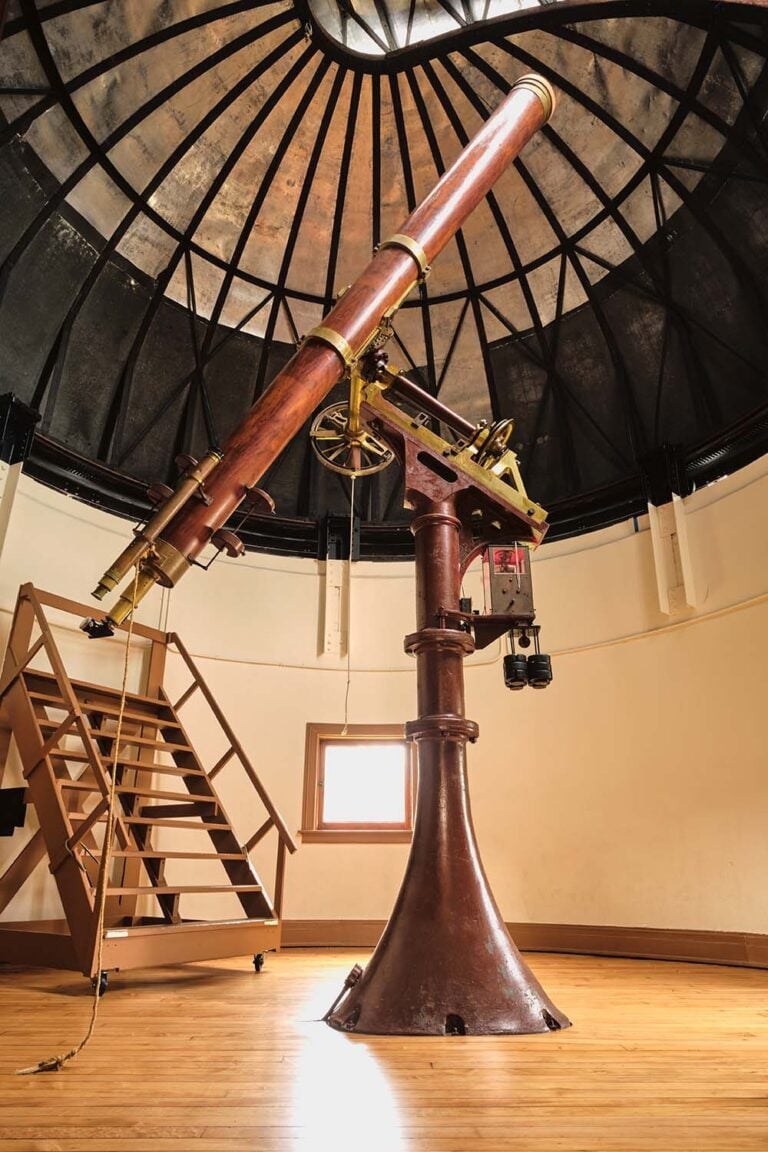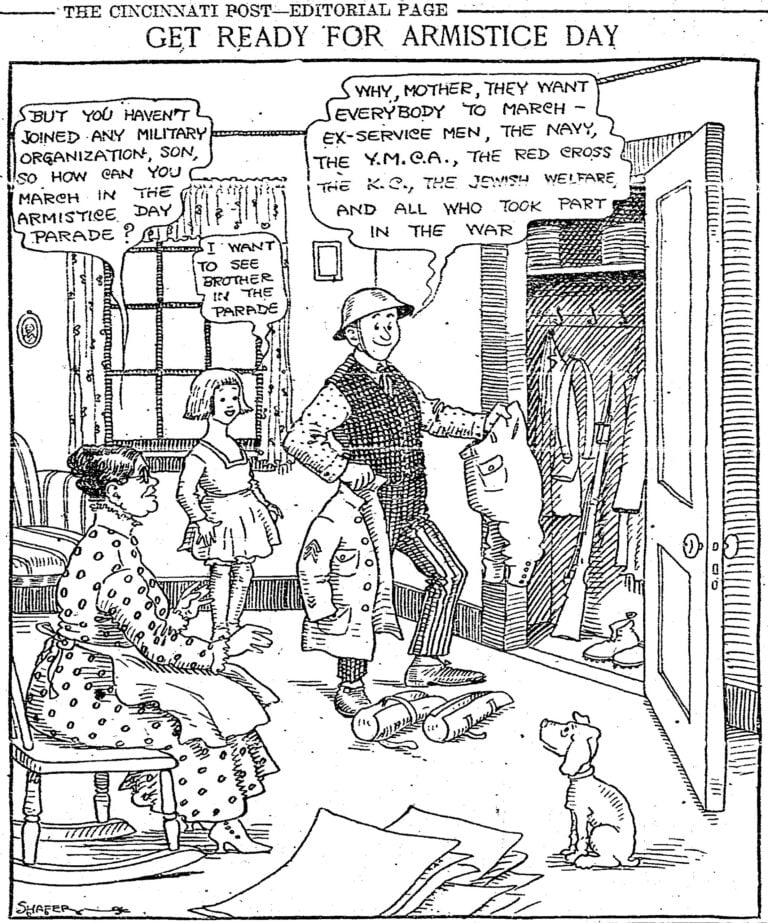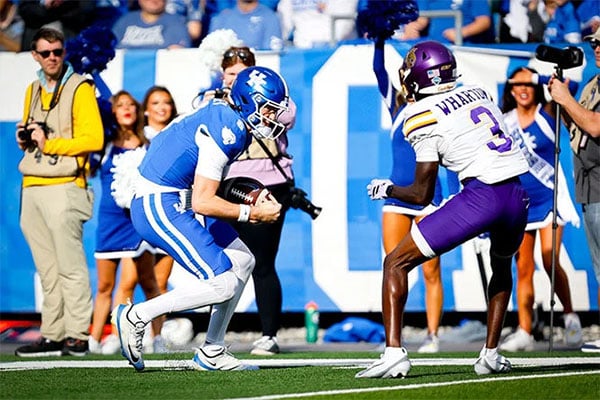Kentucky’s average price for a gallon of regular gas edged up about 3 cents this past week, landing at $2.75. Meanwhile, the national gas price average continued to coast along at $3.08, mirroring prices one week ago one month ago and one year ago.
Gas prices have remained stable so far in November, reflecting an abundance of crude oil, the largest component of gasoline and greatest influence on what consumers pay at the pump. Prices are expected to continue to hold steady or even slide downward a few pennies as the Thanksgiving travel period looms, which is welcome news for those planning to hit the highway to celebrate the holiday with family and friends.
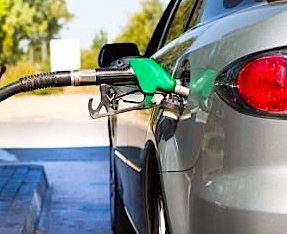
“Thanksgiving is always a very busy time for travel with the wide majority of travelers opting for a road trip,” says Lori Weaver Hawkins, public affairs manager, AAA Blue Grass. “With gas prices expected to hold mostly steady, consumers can be thankful they don’t have to deal with escalating pump prices as we enter the holiday season.”
Today’s gas price average for Kentucky at $2.75 is up three cents from a week ago as well as a month ago, but down about five cents compared to this time last year. Lexington’s average price for a gallon of regular is now at $2.81, up two cents from last week and nine cents higher than a month ago. Lexington’s gas price average is about 12 cents lower than this time in 2024.
The highest gas price average by Kentucky county can be found in Menifee County at $3.28, one of only two counties still above the $3 mark, with the other being Kenton at $3.02. Simpson County again has the lowest average this week, now at $2.46.
According to new data from the Energy Information Administration (EIA), gasoline demand increased from 8.87 million b/d last week to 9.02 million. Total domestic gasoline supply decreased from 206 million barrels to 205.1 million. Gasoline production in-creased last week, averaging 9.9 million barrels per day.
At the close of Wednesday’s formal trading session, WTI fell $2.55 to settle at $58.49 a barrel. The EIA reports crude oil inventories increased by 6.4 million barrels from the previous week. At 427.6 million barrels, U.S. crude oil inventories are about 4% below the five-year average for this time of year.
The national average per kilowatt hour of electricity at a public EV charging station went up by 1 cent this past week to 38 cents.

The nation’s top 10 most expensive gasoline markets are California ($4.68), Hawaii ($4.45), Washington ($4.19), Nevada ($3.92), Oregon ($3.79), Alaska ($3.78), Arizona ($3.36), Idaho ($3.32), Pennsylvania ($3.29), and Illinois ($3.26).
The nation’s top 10 least expensive gasoline markets are Oklahoma ($2.55), Mississippi ($2.62), Arkansas ($2.64), Texas ($2.65), Louisiana ($2.65), Tennessee ($2.68), Missouri ($2.71), Alabama ($2.73), Kansas ($2.73), and Iowa ($2.74).
The nation’s top 10 most expensive states for public charging per kilowatt hour are West Virginia (53 cents), Alaska (48 cents), Hawaii (48 cents), South Carolina (44 cents), Louisiana (44 cents), New Jersey (43 cents), New Hampshire (43 cents), Alabama (42 cents), Tennessee (42 cents), and California (42 cents).
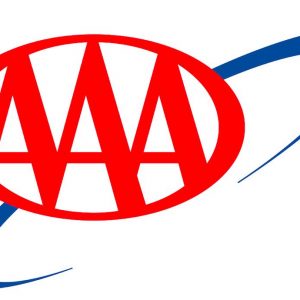
The nation’s top 10 least expensive states for public charging per kilowatt hour are Kansas (26 cents), Missouri (28 cents), Nebraska (29 cents), Utah (30 cents), Vermont (31 cents), Wyoming (31 cents), Iowa (32 cents), Maryland (32 cents), Delaware (33 cents), and New Mexico (34 cents).
AAA gas-saving tips
• Get your vehicle checked out. Perform regular car maintenance at the intervals recommended by the vehicle manufacturer in the owner’s manual or as indicated by the in-car maintenance reminder system. If you have an aging battery, be sure to have it tested before heading out on a trip, especially important as the winter months usher in colder temperatures.
• Keep tires properly inflated.
Under-inflated tires can decrease your gas mileage by approximately 3%. They also increase the potential for a blowout. Properly inflated tires are safer and last longer. Check pressure in all four tires every two weeks with an accurate, hand-held air pressure gauge.
• Know your octane.
Do not purchase mid-grade or premium gasoline unless your owner’s manual specifically recommends it. According to AAA research, Americans waste more than $2.1 billion annually on premium gas in vehicles designed to run on regular fuel. AAA found no benefit to using premium gas instead of regular-grade fuel. At the time of the study, 70% of U.S. drivers owned a vehicle that required only regular gasoline.
• Avoid idling.
Idling gets zero miles per gallon. Letting your vehicle idle for more than 10 seconds uses more gas than shutting it off and restarting. Don’t start your car until you are ready to go. The engine actually warms up more quickly once the car is operating, and will stay warm after stopping. Avoid drive-up windows with long lines. Park and go inside instead.
• Observe the speed limit.
Gas mileage decreases rapidly at speeds above 60 mph. Each 5 mph you drive over 60 mph is like paying an additional $0.15 per gallon of gas. Using cruise control on the highway helps you maintain a constant speed and, in most cases, will save gas.
• Drive sensibly.
Aggressive driving (speeding, rapid acceleration and braking) wastes gas. It can lower your gas mileage by 33 percent at highway speeds and by 5 percent around town.
• Plan your trip.
Carefully planning out your road trip can save you time and money.With a little planning, you can avoid retracing your route and reduce the distance you travel as well. You’ll not only save fuel, but also reduce wear and tear on your car.
• Minimize drag.
Drag reduces fuel efficiency. Driving with the windows open, using roof- or rear-mounted racks and carrying heavy loads increase vehicle drag. A roof rack or carrier provides additional cargo space and may allow you to meet your needs in a smaller, more fuel-efficient car. However, a loaded roof rack can decrease your fuel economy by 5 percent.
Reduce aerodynamic drag and improve your fuel economy by using a removable rack and placing items inside the trunk whenever possible. Avoid carrying unnecessary items, especially heavy ones. An extra 100 pounds in the trunk reduces a typical car’s fuel economy by 1-2%.
AAA Blue Grass












